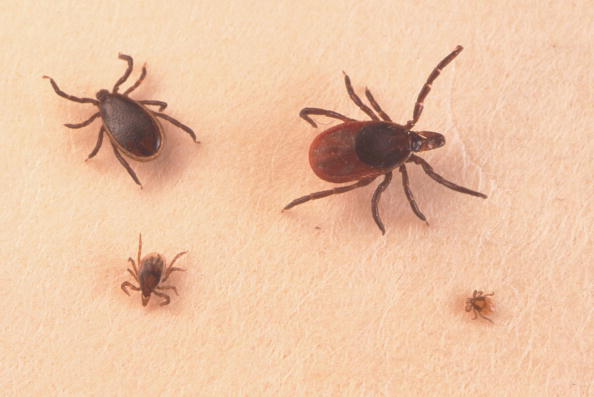
Tickborne Disease Research Priorities
IDSA has provided input on the National Institutes of Health’s tickborne disease research portfolio in response to a Request for Information from NIH. In its comment letter, IDSA strongly supports NIH priority areas outlined below and continuing to enhance our knowledge of emerging tickborne diseases, established tickborne diseases, and prevention techniques for ticks themselves.
The NIH identified five key research priority areas including:
- Basic Research — Research on microbial, host, and reservoir factors (and their interactions) that contribute to tickborne disease pathobiology and immunity/immunomodulation in humans or maintain pathogens in sylvatic cycles (the pathogen transmission cycle between wild animals and hosts);
- Diagnosis and Detection — Develop/improve diagnostics, including diagnostics to detect early and acute infection, predict treatment outcomes (identify those more likely to develop post-treatment sequelae), or demonstrate treatment success;
- Prevention — Develop safe and effective vaccines, identify immune correlates of protection, and develop approaches to interrupt pathogen transmission/survival in ticks and reservoirs;
- Therapeutics — Develop/improve therapeutic regimens to treat tickborne diseases and their complications and conduct research on mechanisms responsible for treatment failure; and
- Resources — Characterize existing reservoir, vector and host animal models and develop new models, assays, reagents, genomic resources, and data-sharing platforms.
The request for information was the result of recommendations from a report generated by the Department of Health and Human Services’ Tickborne Disease Working Group, which requested that NIH develop a strategic plan to coordinate research funding, increase knowledge of pathogenesis, improve diagnosis, and develop and evaluate new therapeutics for tickborne diseases.

